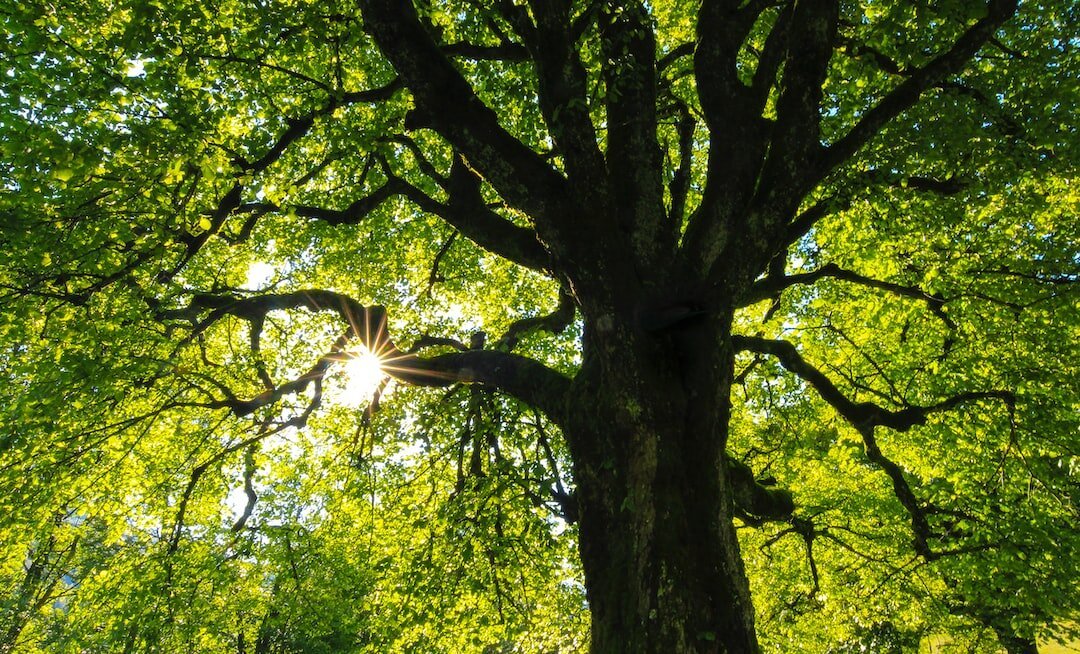
What is Green Burial?
Green burial and natural burial are terms often used interchangeably to describe burial processes that prioritize simplicity, sustainability and the preservation of native ecosystems. To be specific though, natural burial better describes the actual burial process - returning the body to the earth in its most natural state - while green burial refers to the further step of re-greening the site after burial with native flora.
Unlike conventional burials which often use non-biodegradable materials and toxic chemicals, natural burials only use earth-friendly materials. There is no embalming, no caskets made with exotic wood, metals and synthetic fibres, and no concrete vaults; natural burial embraces the use of biodegradable materials like wicker or pine coffins, and natural fibre shrouds. These materials decompose over time with the body, gently merging with the earth.
The use of community memorialization or small burial markers sourced locally are also ways that green burial sites mitigate environmental impact. By choosing green burial, families actively reduce their carbon footprint and contribute to the conservation and health of water, soil and other natural resources.
Green burial sites are different from the common image of cemeteries most of us carry. Many are established in rural locations, in meadows or forests. There are no manicured fields of grass or headstones but rather, the land is rewilded with native species and care is taken to eliminate any species that might be invasive. In some locations, Denman Island for example, their green cemetery is repopulating an area that was clear cut in the late 1990’s with indigenous plants and trees. Returning or maintaining the landscape to a natural state is an important principle of green burial.
By choosing natural burial and supporting green burial spaces, individuals acknowledge their role in protecting the environment even beyond their own lifetime. This heartfelt choice not only provides peace of mind but also serves as a powerful legacy of sustainable values and responsible stewardship. The conservation of these natural landscapes ensure that future generations can enjoy the beauty and tranquility they provide.
The McMichael Cemetery is situated on consecrated land bordered by trees with graves marked by large chunks of the Canadian Shield. It is the final resting place for six members of the Group of Seven.
What About Cremation?
Cremation, as a method of dealing with human remains, has increased steadily over the past few decades. In Canada, the cremation rate rose from 48% in 2000 to 72% in 2018. Many people choose cremation because they believe it an environmentally responsible and cost-conscious choice. There are important concerns however regarding its environmental impact.
One of the primary concerns regarding cremation is the release of greenhouse gases into the atmosphere. The process of cremation involves the combustion of fossil fuels, predominantly natural gas or propane, to generate the necessary high temperatures. While advancements in technology, like filters and afterburners, are helping and actual emissions resulting from cremation are relatively low compared to other industries, the cumulative effect can still be substantial; one cremation is estimated to produce 535 lbs of CO2 or the equivalent of an a 900 km car journey. Another concern is the release of toxic metals like mercury and other particulates into the air which eventually find their way into our groundwater and soil.
Cremation continues to be a popular option and in response many cemeteries sell plots for cremated remains or have created scattering gardens with the option for inclusion in a community memorial. While not as green an option as a simple, natural burial, many green burial sites include a scattering garden for cremated remains.


